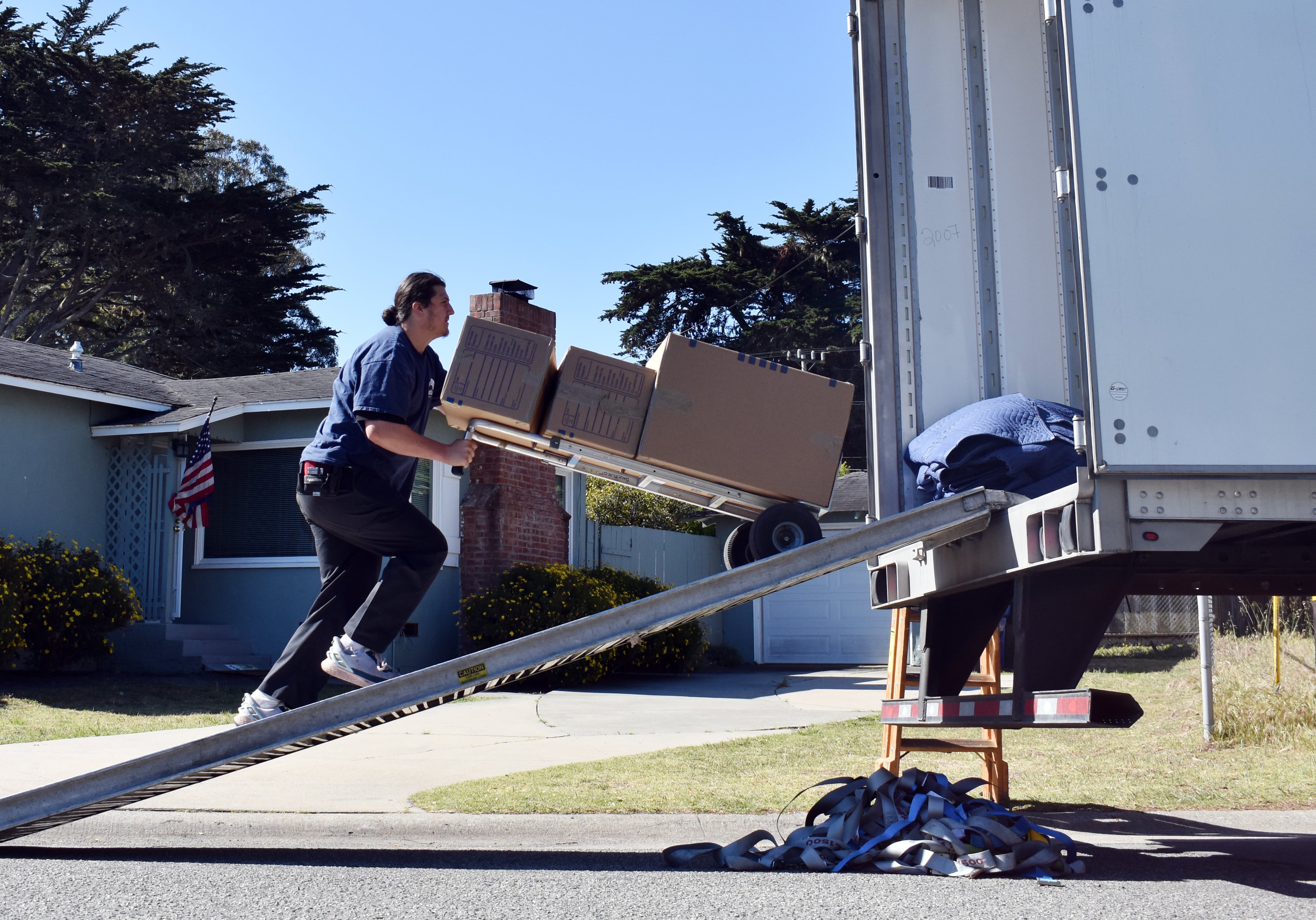I began my career as an enlisted airman stationed at Pope Air Force Base, North Carolina. As an 18-year-old airman, I marveled as I watched the line of C-130s take and land in perfect sequence. I was awed as I watched the young pilots exit the aircraft in their flight suits. Even as a new airman, I understood that if our country asked them to, they would lead our the U.S. Air Force into harm’s way.
Today, the Air Force and our nation are in crises because we don’t have enough pilots. Since the 1991 Gulf War, the Air Force lost 30 percent of its personnel and was forced by budget shortages to cut combat-coded fighter squadrons by nearly 60 percent. As a result, the Air Force has a shortage of 1,555 pilots — 1,211 of them are key fighter pilot billets. And while we are currently focused on the pilot shortage, the Air Force is also short 3,500 maintenance personnel. Those numbers directly impact aircraft available to fly, negatively impact readiness and have lowered morale.
Clearly this problem is complex and didn’t happen overnight. There is no delicate way to say this so I’ll just be blunt: The reduction from 134 fighter squadrons to just 55 was a grave mistake. Decision-makers can blame it on seeking the “peace dividend,” budget constraints, reducing the federal deficit or whatever, but it fundamentally was a bad decision. Think about those young pilots who thrived in a robust squadron environment, pushing and challenging each other to be the best pilot in the unit, who watched their numbers drop by 60 percent in an environment where the operations tempo was on the rise. What did that do to their morale? What did that do to their faith and trust in government leaders?
Concurrently, Air Force aircraft and equipment are too old and we are losing our technological edge. I own a vintage 1972 Chevrolet Monte Carlo. I baby that car, wash and wax it often, and take it out for a drive about once a week. However, I would likely not drive it from Washington, D.C., to California. And by the way, it has antique plates. The average age of Air Force aircraft is 28 years while the average commercial airliner is 10 years. The age of older systems such as B-52s, KC-135s and some trainers is more than 50 years! The F-16 fighting falcon was first introduced in 1978. The F-15 Eagle took flight in 1976. These are all still front-line weapon systems that would all qualify for antique plates.
RELATED

I suspect many Americans would be surprised to learn the Air Force has been in continuous combat since the first Gulf War in 1991. Following the war, the Air Force remained to enforce no-fly zones and have been deployed ever since. That’s 26 years of constant deployments to a combat zone. And those deployments have taken their toll. Young Americans join the military to serve and they take an oath to give their lives if necessary. However, there is a point where any of us would give pause. If airmen don’t have adequate equipment and training and their work-life balance becomes distorted, they will walk — and many of them have.
This is particularly challenging for pilots when the major airlines are hiring and their pilots of choice are experienced, seasoned Air Force pilots who come with leadership, work ethic and integrity.
As a career budget/comptroller officer, let me talk dollars and cents for a minute. It takes 10 years and $10 million dollars to train a fighter pilot. It doesn’t take an experienced business leader to understand that is an investment that must be nurtured and protected. I was commissioned as a second lieutenant in 1980. I was blessed to pin on my fourth star in 2012. That’s 32 years. Today, some commercial pilots are paid more by their second year on the job than a general officer.
The Air Force recognizes this problem and it is not sitting on its hands. Pilots are national assets, so the current pilot shortage is a national problem. I applaud the Air Force secretary and the service chief for taking this issue head-on. For example, to develop strategic solutions, they recently met with airline executives, their associations, the Civil Air Patrol, flight schools and the Air Force Association. Partnering will go a long way in solving the pilot-shortage problem.
There are also other innovative approaches such as an intermission program that would allow pilots to transfer back and forth between the commercial airlines and the Air Force. Targeted incentive bonuses are also helpful, but most pilots will tell you it’s not about the money — it’s about the mission.
The pilot shortage didn’t happen overnight, and it won’t be solved overnight. The Air Force needs strategy-driven defense budgets, an end to sequestration and more innovative approaches to tackle the issue.
This is a pivotal year for our nation’s Air Force. America needs and deserves a dominant Air Force. The Air Force Association understands how the pilot shortage undermines that goal and is committed to seeking solutions to assist the Air Force in resolving it.
Gen. Larry Spencer (ret.) spent more than 40 years in the U.S. Air Force. He is now the president of the Air Force Association.





